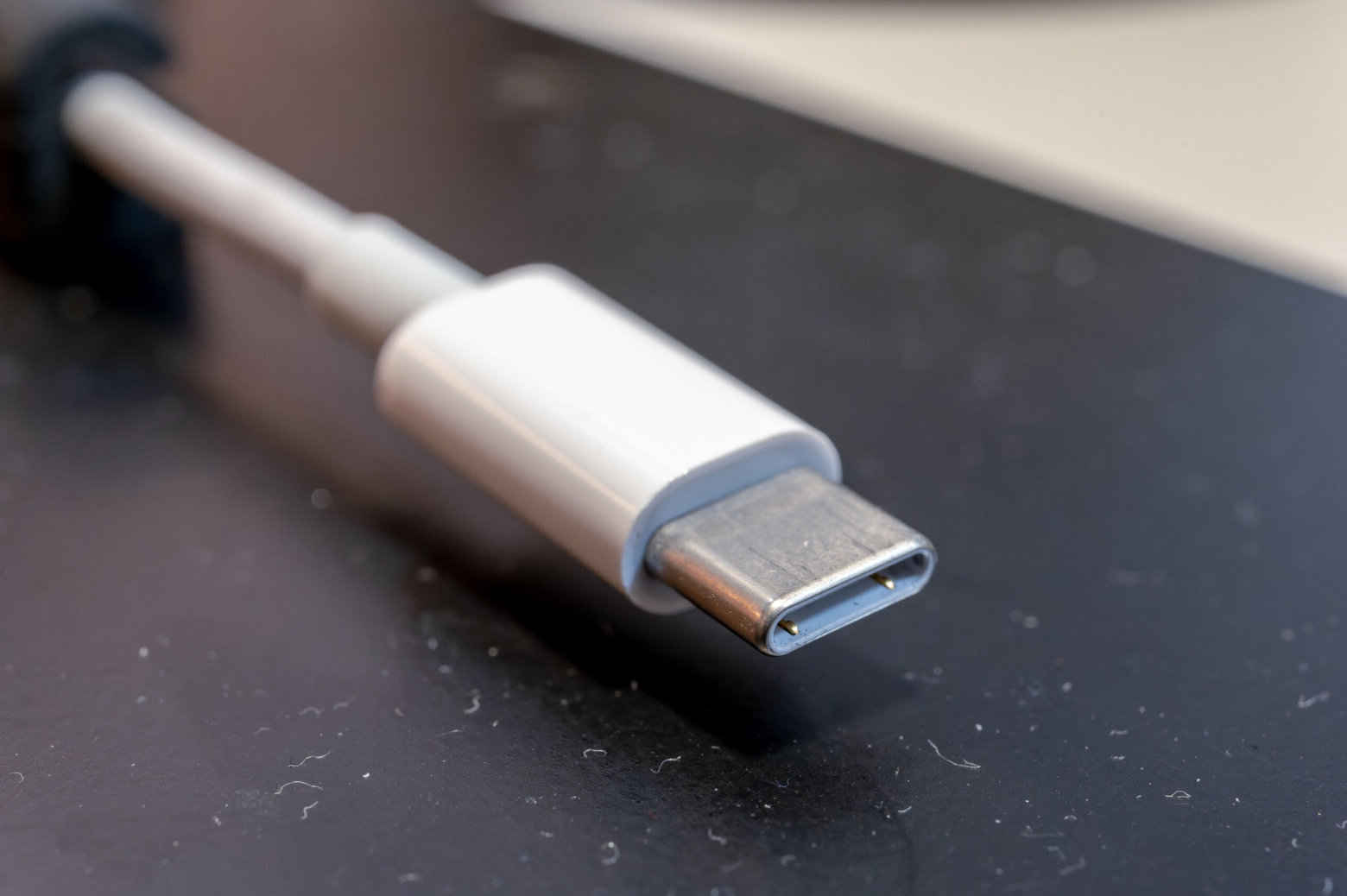
Understanding Chargers and Compatibility
Before addressing the use of an Android charger for an iPhone, understanding how chargers work and what makes them compatible with different devices is essential.
Power Delivery Standards
Chargers deliver power through standardized connectors and protocols. The most common standards include:
- USB-A: Traditional rectangular connector found on computers and older devices, typically supporting up to 2.5W of power.
- USB-C: Reversible connector supporting higher power delivery, up to 100W in some cases.
- Lightning: Exclusive to Apple devices, designed for high-speed data transfer and power delivery, typically up to 18W.
Power Requirements
Different devices have varying power needs based on their design and functionality:
- Smartphones: Most require around 5-10W to charge efficiently.
- Laptops: Often need much higher power, typically ranging from 20-100W or more.
Voltage and Current
Voltage and current specifications are crucial for determining charger compatibility:
- A standard USB-A port typically delivers 5V at 0.5A (2.5W).
- A USB-C port can deliver 5V at 3A (15W) or higher.
- An iPhone charger usually delivers 5V at 1A (5W).
Can You Use an Android Charger for an iPhone?
Given the different power delivery standards and specifications, the answer is not a simple yes or no. Here are some key points to consider:
Technical Compatibility
From a technical standpoint, using an Android charger with an iPhone is possible if the charger outputs the correct voltage and current. Most Android chargers output 5V, which is compatible with iPhones. However, the current output might not always match what an iPhone requires.
For example, if an Android charger outputs 5V at 2A, it would be sufficient for charging an iPhone, which typically requires around 5V at 1A. However, if the charger outputs 5V at 3A or higher, it could potentially damage the iPhone's charging circuitry.
Practical Implications
While technically possible, several practical implications should be considered:
- Efficiency: Using a charger not specifically designed for your device can lead to inefficiencies, resulting in longer charging times or overheating.
- Safety: Exceeding the recommended current or voltage for your device can pose safety risks, including damage to the battery or charging circuitry.
- Performance: Device performance might be affected if it is not receiving optimal power delivery, leading to slower performance or other issues.
Risks Associated with Using an Android Charger
Several risks come with using an Android charger for an iPhone:
- Overcharging: If the charger outputs more current than the iPhone can handle, it could lead to overcharging, reducing battery lifespan.
- Damage to Charging Circuitry: Exceeding the recommended voltage or current can damage the internal charging circuitry.
- Fire Hazard: In extreme cases, using a charger not designed for your device can lead to overheating and potentially cause a fire.
Best Practices for Using Chargers
To ensure safe and efficient charging, follow these best practices:
- Use Official Chargers: Whenever possible, use official chargers provided by the manufacturer. These chargers are designed specifically for your device, ensuring optimal performance and safety.
- Check Specifications: Always check the specifications of both the charger and your device before using them together.
- Avoid Overcharging: Monitor your device's charging status to avoid overcharging, which can reduce battery lifespan.
Alternatives to Using an Android Charger
If you find yourself without an official charger for your iPhone, consider these alternatives:
- Universal Adapters: Universal adapters can convert between different connector types (e.g., USB-C to Lightning). These adapters can be useful but ensure they are designed for safe power delivery.
- Third-Party Chargers: While not recommended as a primary solution, third-party chargers specifically designed for cross-platform compatibility can be an option in emergency situations.
By understanding the technical aspects and practical implications of using different chargers, you can ensure that your devices are charged safely and efficiently, prolonging their lifespan and maintaining optimal performance.
